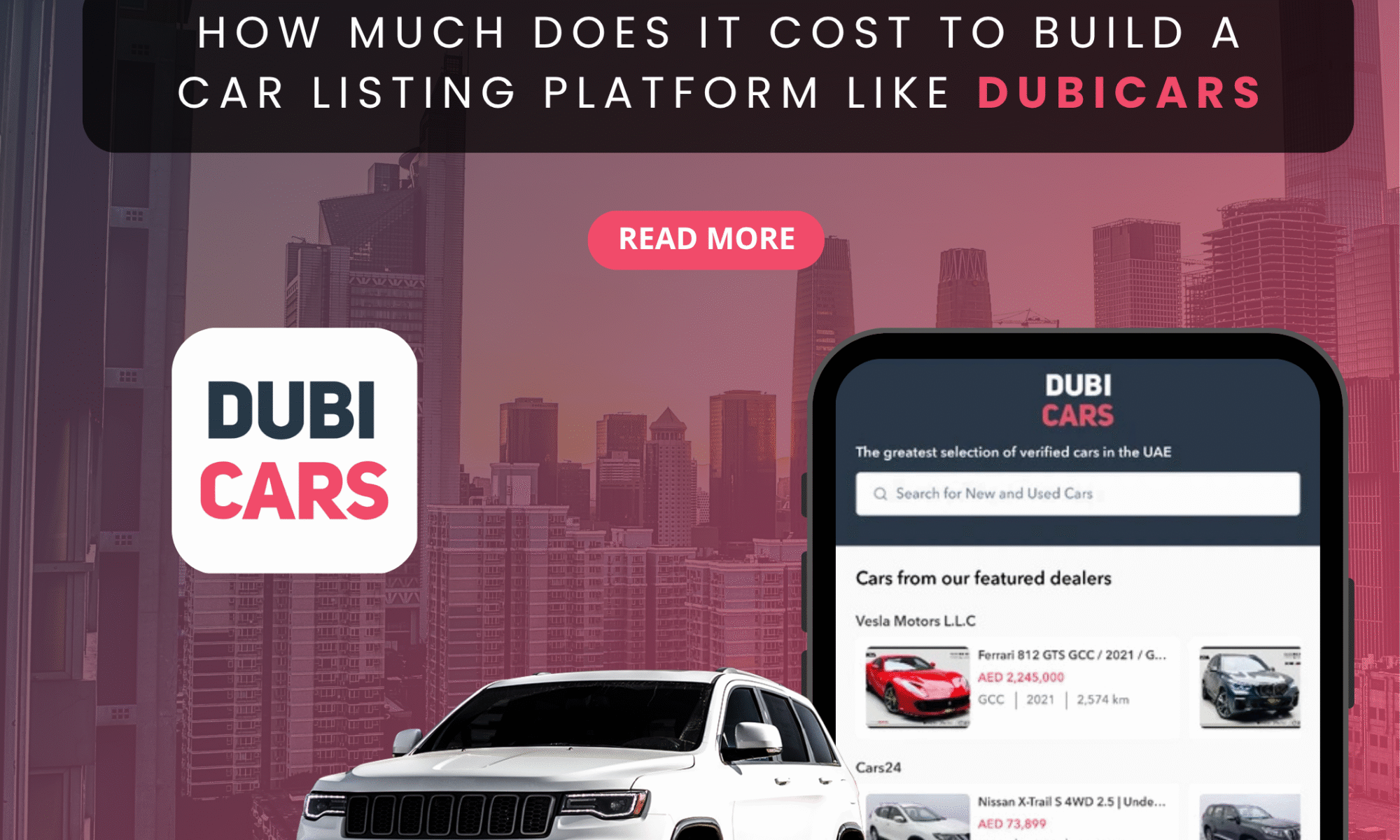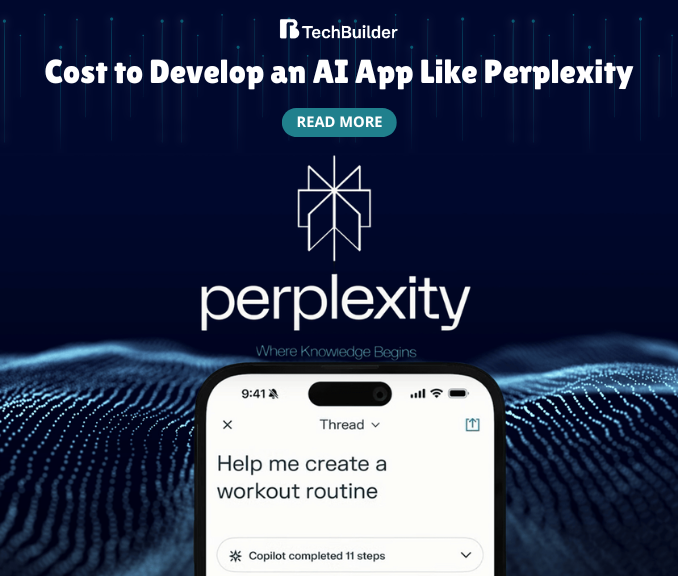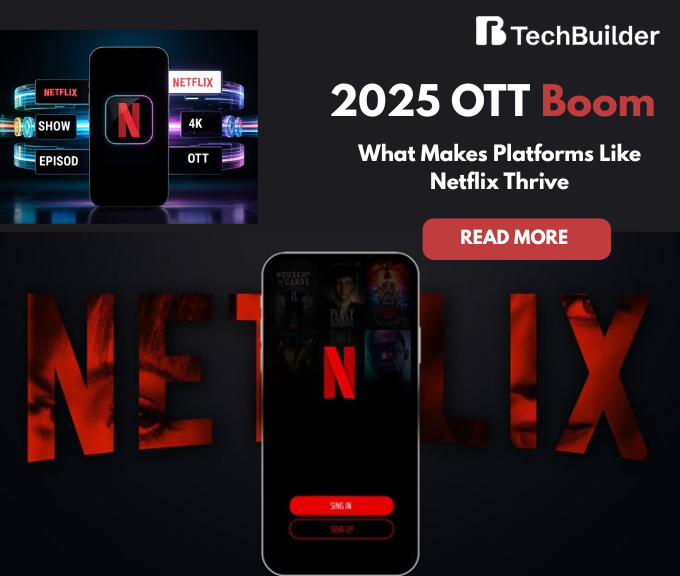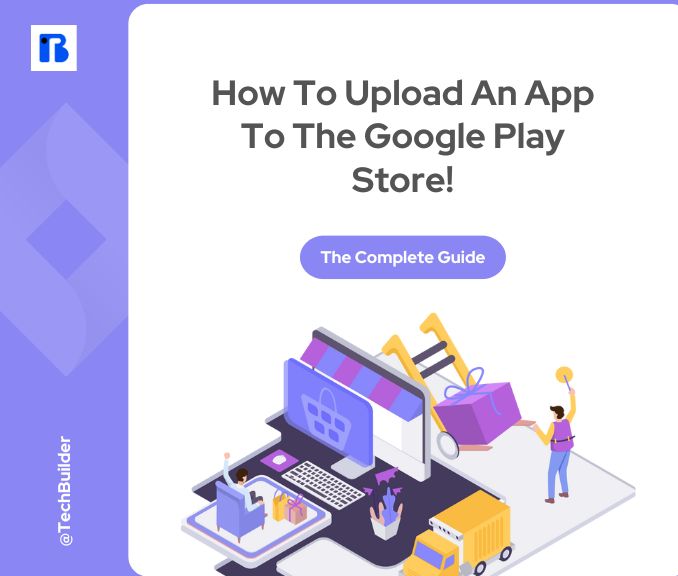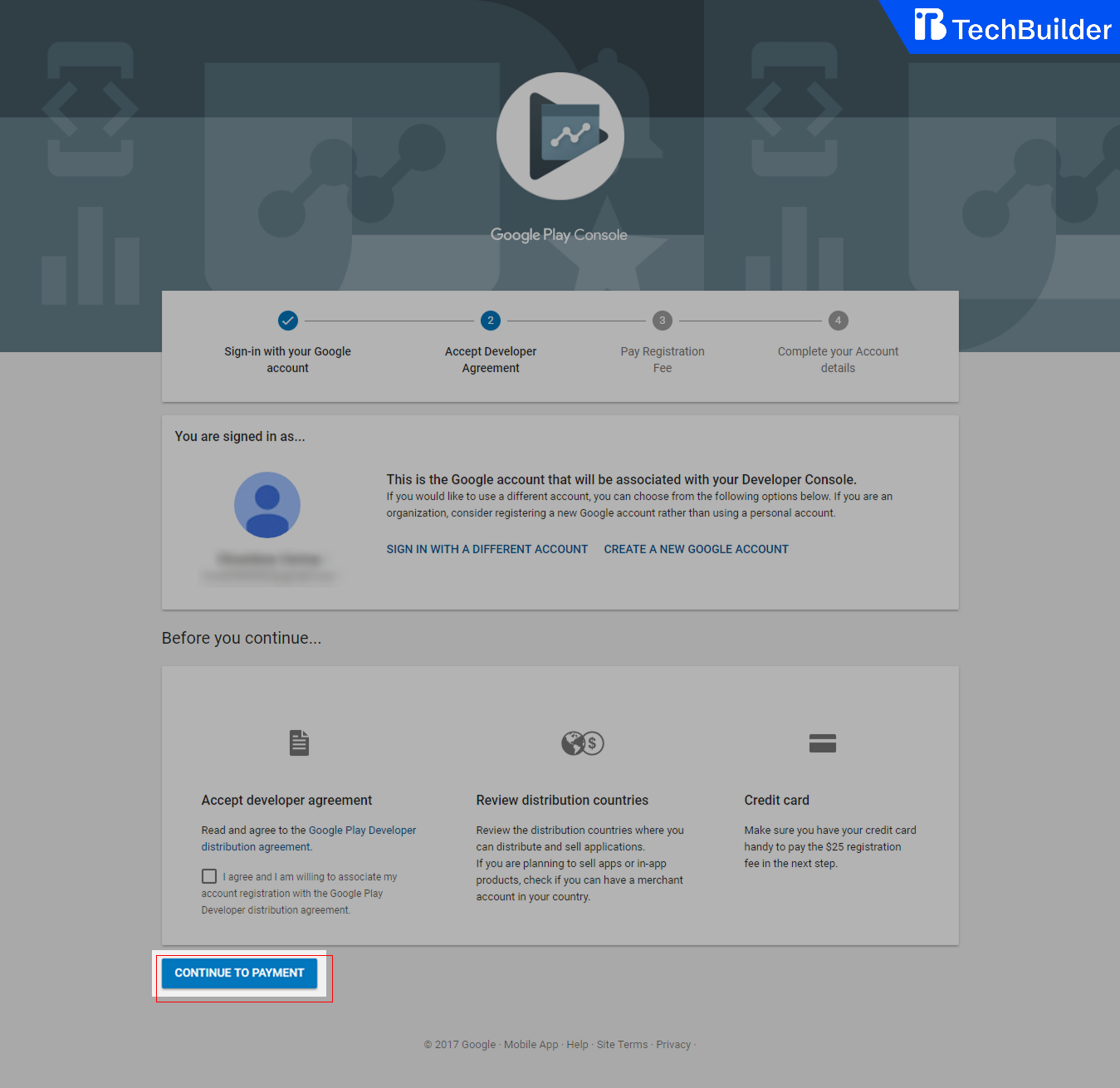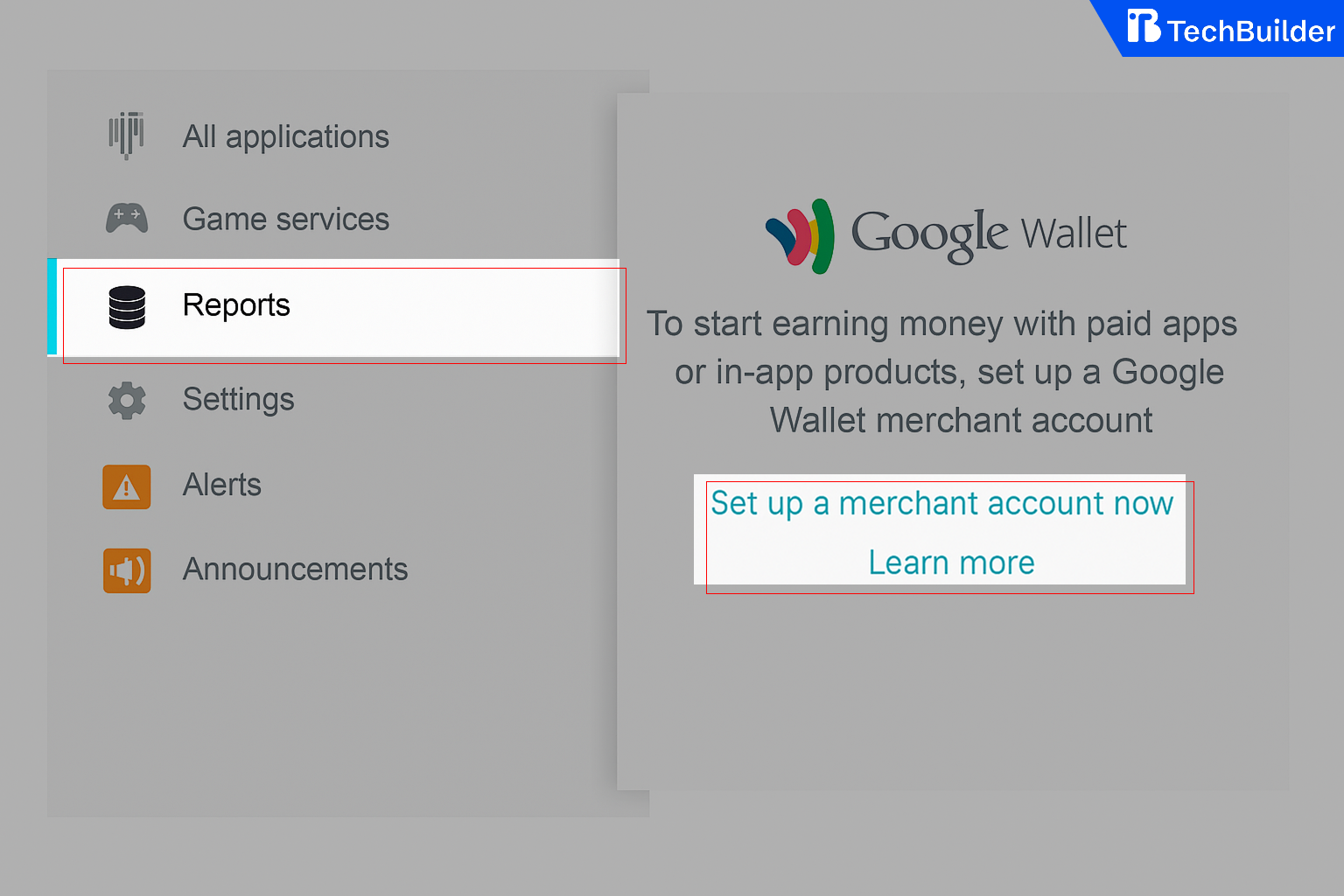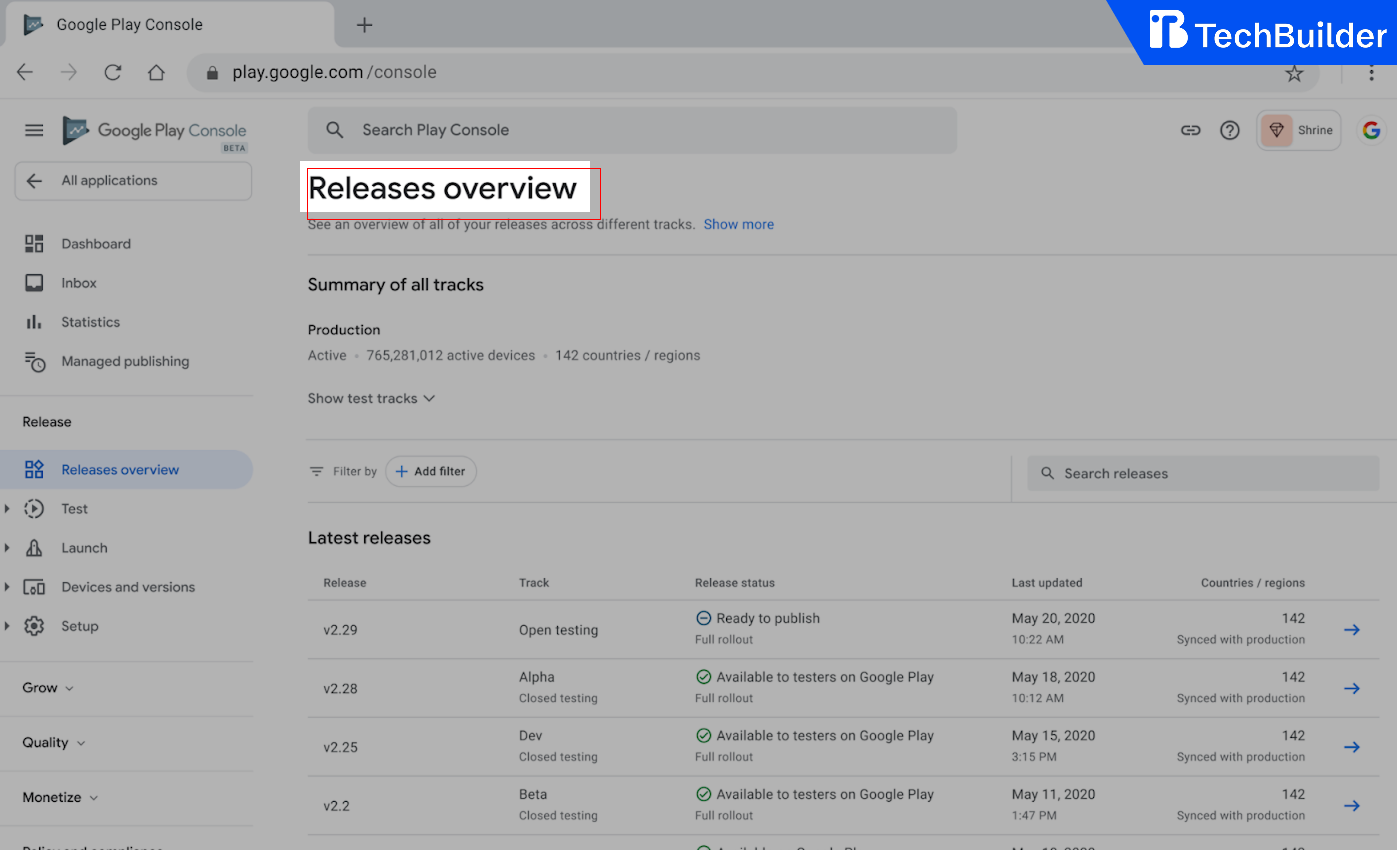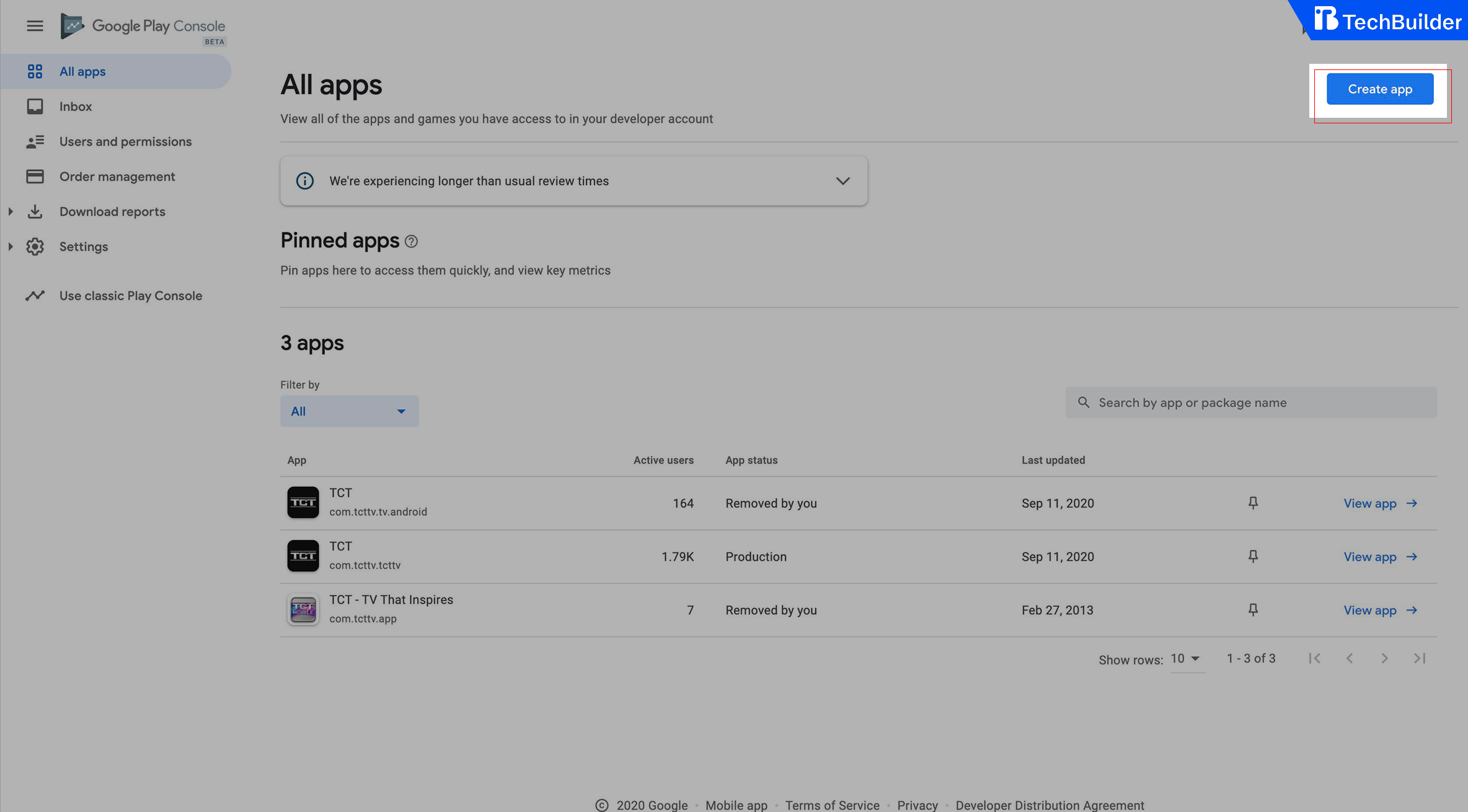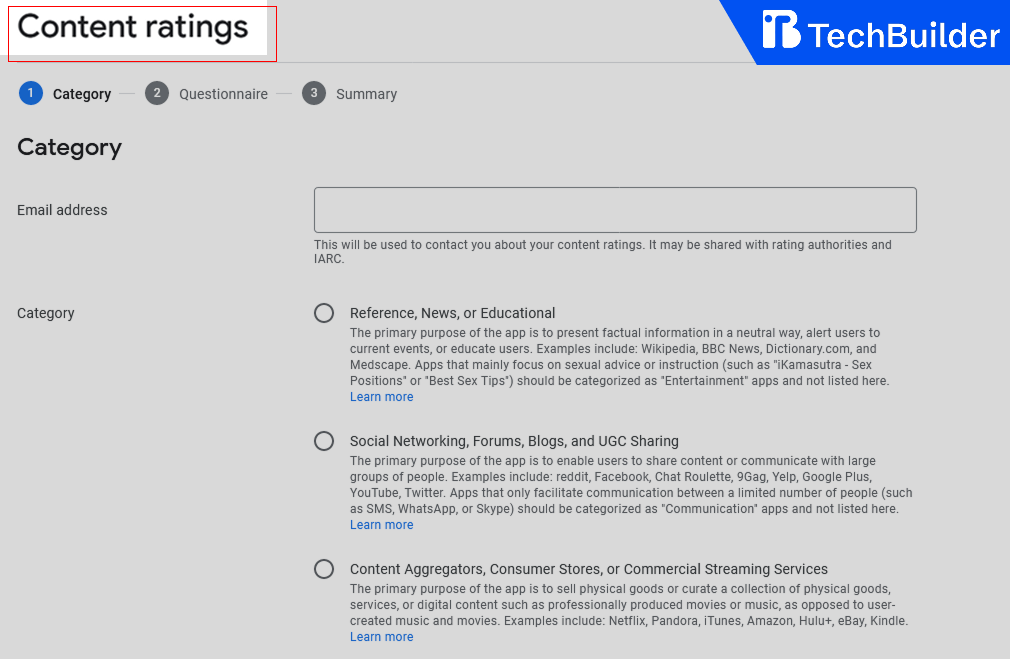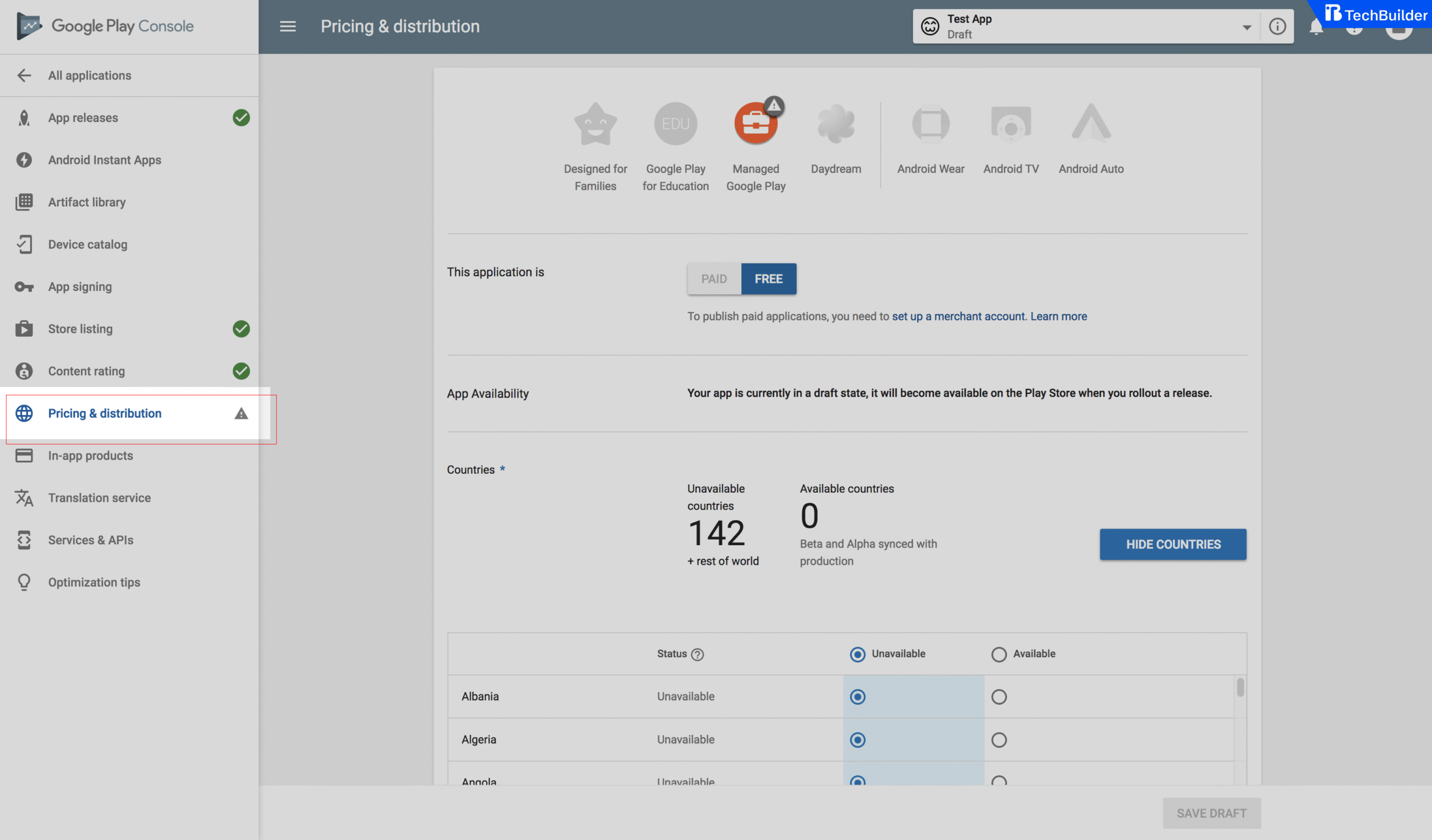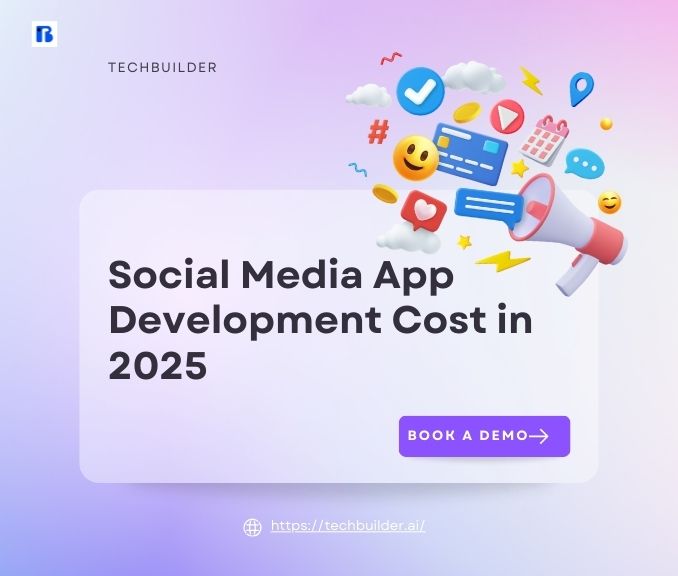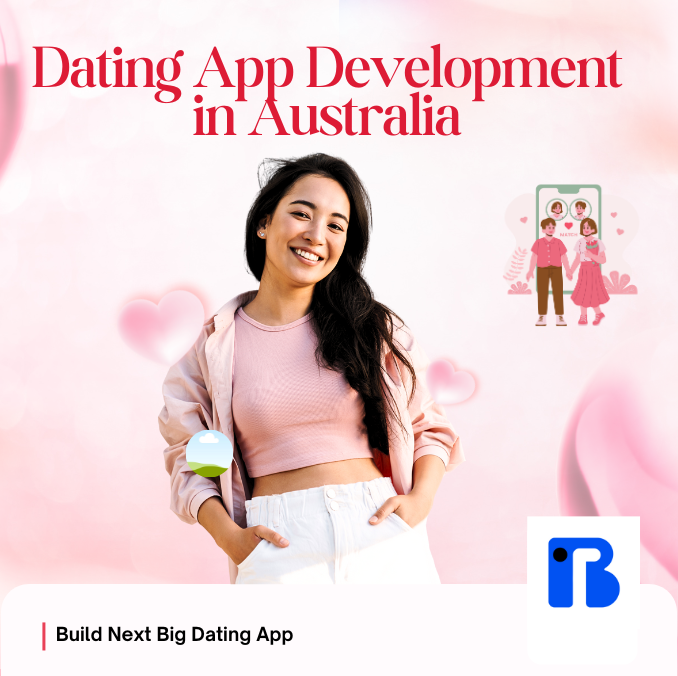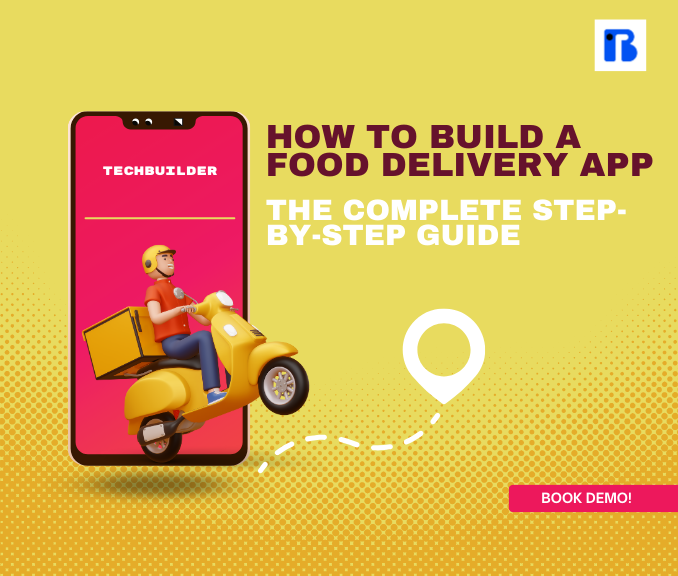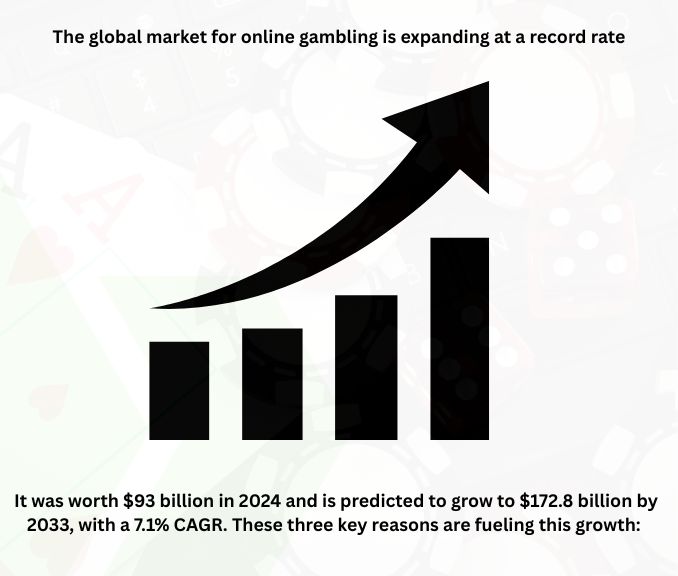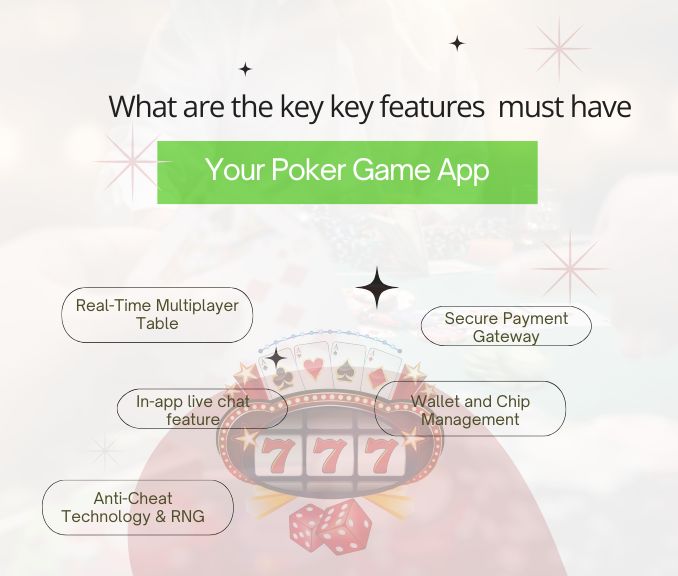The automotive sector is in the midst of a digital revolution. As increasing numbers of customers are opting for car shopping apps to purchase and sell cars, demand for rich-feature, user-friendly car listing apps is through the roof. Among the best success stories in this space is DubiCars – a site that has dramatically transformed the manner in which cars are sold and purchased in the UAE and GCC region.
DubiCars powers more than 50,000 monthly export leads, of which 10,000+ come from Africa, fueling the UAE’s thriving used car export market—worth more than $100 million GMV monthly.
In this blog, we’ll look at how much it costs to develop a car listing platform like DubiCars. Not only will we talk about the pricing, but also about what the DubiCars App is, why it is so popular, what features are essential, and so on.
Wondering About Building a Car Listing Platform Like DubiCars?
What is DubiCars? And Why Is It So Popular?
DubiCars is a top UAE online car marketplace that provides an easy-to-use platform to purchase and sell new or used cars. It features:
Advanced Search Filters
- Dealer/seller integration
- Large inventory of vehicles with 475,000+ used cars listed
Market Presence:
- Leadership in the UAE online car sales market
- Partnered with thousands of dealers
- Relied upon by millions of users for precise listings and hassle-free transactions
Success Factors:
- Ease of UI/UX
- Instant listing updates
- Authentication of sellers and dealer dashboards
- Quick customer support
Why Create a Mobile App for Car Buy-Sell? – Market Size & Statistics
New car market has contracted in the last decade even as the used car market has expanded. Individuals want to buy vehicles that are pre-owned, available at favorable prices, and showcased on the app.
- In 2018–19, about 3.6 million new automobiles were sold and about 4 million old automobiles were sold and purchased, as per an Indian Bluebook report.
The automobile sector is expecting a decrease in the number of car sales this year. Based on estimates, 59.5 million units will be sold globally in 2020, down by 20 percent compared to existing sales.
The Used Car Dealers industry in the USA will generate $123.3 billion in revenue in 2024.
Used car market share in the USA is expected to increase by 3.91 million units between 2020 and 2025 and will grow faster at a CAGR of 1.98%, as per a Technavio report.
Key Features of a Car Listing Platform Like DubiCars
User Panel
- Simple Sign-Up/Login
- Advanced filtering (price, make, model, mileage, etc.)
- Compare different automobiles
- Schedule a test drive, or contact the seller
- In-app calling and messaging capabilities
Dealer/Seller Panel
- Add and manage vehicle listings
- Include photos and videos
- Lead tracking dashboard
- List performance analytics.
Admin Panel
- Handle user and dealer accounts
- Moderate or approve listings
- Handle payments/subscriptions
- Generate reports
Bonus Features
- Multiple language support
- Location targeting
- Loan/insurance calculator
- Deal/alarm push notifications
Step-by-Step Development Process Of a Car Listing Platform Like DubiCars
- Market Research & Planning
This involves researching the successful platforms like DubiCars, CarSwitch, and YallaMotor to know about the market. It also involves:
- Definition of your target audience: people, dealerships, or corporate fleet sellers
- Study of regional consumer behavior and platform limitations
- Setting an achievable budget and timeline based on scope and functionality
- Wireframing & UI/UX Design
Wireframes are the skeleton of your platform.
This step includes:
- Mapping out the user flows for buyers, sellers, and admins.
- Designers are focused on providing a smart and seamless interface.
- Mobile responsiveness and accessibility are given top priority to provide seamless use on cross-platforms
- Frontend & Backend Development
The core development stage includes:
- Frontend: Using libraries like React, Vue, or Flutter for frictionless user interfaces
- Backend: Robust APIs and scalable business logic using Node.js, Django, or Laravel
- Authentication, session management, and RESTful services are also built
- Database Architecture
The platform’s intellectual core. Principal responsibilities are:
- Creating a scalable schema using PostgreSQL or MongoDB
- Defining tables/collections for users, listings, favorites, chat history, and transactions
- Query optimization for fast search and filter operations
- Third-Party Integrations
Your app becomes exponentially more useful with intelligent integrations:
- Payments: Stripe, Razorpay for transactions and subscriptions
- Maps: Google Maps for geo-based listing search
- Communication: Twilio for in-app calling and messaging
- Analytics: Integrating tools such as Mixpanel or Firebase Analytics
- Testing & QA
This is to guarantee a smooth product:
- Functional Testing: Checks each feature works as it should.
- UI/UX Testing: Guarantees seamless user experience on all screen sizes.
- Performance Testing: Stress tests when there is high traffic to avoid crashes.
- Automated and manual testing is done throughout sprints.
- Deployment
After testing, the app is hosted on scalable cloud environments:
- Cloud Hosting: AWS, Azure, or Firebase
- CI/CD Pipelines: Automate deployment, updates, and rollback processes for effective version control
- Post-launch Maintenance
The key to long-term success here is:
- Periodic updates to adapt to OS/browser updates
- Introducing new features based on user reviews
- Monitoring performance and resolving bugs ahead of time
- Ongoing support guarantees high uptime and customer satisfaction
Tech Stack Needed
- Frontend: React, Flutter, HTML5
- Backend: Node.js, Django, Laravel
- Database: MongoDB, PostgreSQL
- Cloud/DevOps: AWS, Azure, Firebase
- Integrations: Stripe, Google Maps, Twilio
- AI/ML (optional): Recommendation engine for cars
Want To Know How Much Cost Is Involved To Develop a Car Listing Platform Like DubiCars?
Cost Breakdown Table for Building a DubiCars-like Car Listing Platform
| Platform Type | Estimated Cost | Cost At TechBuilder | What’s Included |
| Basic MVP | $25,000 – $50,000 | $20,000 – $45,000 | User panel, basic search filters, add listings, basic admin dashboard |
| Mid-Level Platform | $60,000 – $90,000 | $55,000 – $85,000 | Full dealer panel, advanced filters, payments, analytics, push notifications |
| Enterprise/SaaS-Level | $100,000 – $150,000+ | $99,000 – $145,000+ | AI features, real-time updates, multilingual, CRM, advanced analytics, CI/CD setup |
Factors That Impact Development Cost
App Complexity
The more functionality your platform has, the more it costs. A plain app with minimal filtering and listings is much less pricey than one with advanced dashboards, live chat, loan calculators, and recommendations. Advanced platforms take more testing and backend scalability planning.
Number of Custom Features and Integrations
Every integration—whether it’s a payment gateway, map service, or messaging system—adds development time and cost. Additionally, custom-built features like multi-language support or AI-based vehicle matching can significantly raise your budget.
UI/UX Design Quality
Investing in high-quality and intuitive UI/UX design will make your platform look good and easy to use. A more tailored, refined design will raise your development cost but provides greater user satisfaction and engagement, leading to higher retention and conversion rates.
Team Size and Experience
A more experienced or bigger team can produce high-quality output more quickly, but with a higher hourly cost. Using an expert team such as TechBuilder may result in quicker delivery and fewer bugs, which in the long run saves your money, though the initial investment is increased.
Region of Your Development Partner
Prices rise extremely widely geographically. For instance, North American developers can cost $100–$150/hr, while experienced teams from India or Eastern Europe can provide competitive prices of $25–$50/hr. This geographical difference significantly affects your overall budget.
Number of Platforms
Having to develop for multiple platforms – iOS, Android, and Web—adds to the workload. Although cross-platform frameworks such as Flutter can make it simpler, developing properly optimized experiences per platform still takes additional effort and expense.
Timeframe
Urgent timelines often require a larger team or more working hours, which will inflate your development cost. An even-spaced project is typically less costly than a project rushed into the market.
Timeline to Build A Car Listing Platform Like DubiCars
| Phase | Estimated Duration | Estimated Time At TechBuilder |
| Discovery & Planning | 2–3 weeks | 1–2 weeks |
| UI/UX Design | 3–4 weeks | 2–3 weeks |
| Development | 12–16 weeks | 10–14 weeks |
| Testing & QA | 2–4 weeks | 1–3 weeks |
| Launch | 1 week | 5 Days |
| Total | 5–6 months | 3–4 months |
Advantages of the Car Buy Sell Mobile App
For the Dealers
- They are able to conveniently handle their service bookings made via the app.
- They can book a time slot for a test drive by the buyer through the web. Moreover, it helps to establish trust with customers.
- The dealers can promptly and efficiently answer any queries raised by the users without losing any time or making the user lose interest in a vehicle that they are fond of.
- It is easy to get customer comments about the car through an application. Customers can provide positive comments regarding an app’s services in an isolated area reserved for this purpose.
- Such applications are secure and reliable as they are linked with safe payment gateways.
For the Consumers
- The amount a seller may quote for his vehicle is a customer’s major concern.
- They will not have to worry as the seller will give them a quotation for the car they want instantly, due to the application.
- The consumers can shop around and compare the prices of all the cars from the comfort of their homes, instead of having to hunt the market for cars and going around showrooms.
- Customers get a lot of options of cars to choose from because there are so many individuals who post their cars on such apps.
- Customers can schedule a test drive for themselves, along with purchasing and dealing with dealers. Consumers are able to test drive secondhand cars available for sale as they are able to test drive brand new cars.
For the Automobile Industry
- Using the application, it is easy to merge the car’s inventory both online and offline.
- Offering roadside assistance as well as extension of warranty services to the owner of the car is another key advantage that the industry reaps.
- The vehicle has to go through several checkpoints before it gains access to the space of the app so that the transfer can be made securely.
How TechBuilder Can Assist In Creating The Best Buy-Sell Car App
TechBuilder is a top mobile and web development firm that provides smart, scalable, AI-enabled solutions. We develop apps with seamless integrations, state-of-the-art tech and stacks, user-friendly UI/UX designs, and more. We want to develop apps at an economical price, in a shorter time frame, without sacrificing their quality and performance. Here’s what we have to offer:
- Accelerated development cycles to quicken your go-to-market timeline
- Expertise in full-stack with new technologies such as React, Node.js, and Flutter
- Competitive pricing with timely delivery and high quality
- GCC, MENA, and international market-specific solutions
- Real-World Case Study: Developed a mobility app with 50,000+ users within 3 months
Conclusion
Online car marketplaces are the future of vehicle commerce. With platforms like DubiCars setting a high bar, there’s a tremendous opportunity for new players with niche offerings or advanced tech. Whether you’re a dealership group or a startup founder, now is the best time to go digital.
Ready to Build Your Car Marketplace?
Frequently Asked Questions:
Q 1: How is a car listing app profitable?
A: The mobile car listing applications make money by displaying advertisements, promoting listings, subscription fees, and lead generation fees from the dealers.
Q 2: Should the app be tailored for iOS or Android?
In today’s market, the most appropriate approach is cross-platform functionality. Particularly in a heterogeneous market like the Middle East, where the ecosystem is an equal distribution of iOS and Android platforms, targeting cross-platform functionality is generally taken to be the best approach.
Q 3: What are the advantages of the car listing platform development?
Building a car listing platform like DubiCars provides numerous advantages to entrepreneurs, companies, and customers in the automobile sector. Some of these advantages include accessibility and exposure in the market, brand establishment and credibility, opportunities for revenue generation, improved user experience, and more.
Q 4: Which technologies are ideally scalable?
Node.js for the backend, React or Flutter for frontend/mobile applications, and cloud services such as AWS guarantee scalability.
Q 5: How much time does it take to build a car listing platform such as DubiCars?
It usually takes 4 to 6 months, based on features and complexity. At TechBuilder, we develop a car listing platform such as DubiCars in 3 to 4 months only.
